Related Research Articles
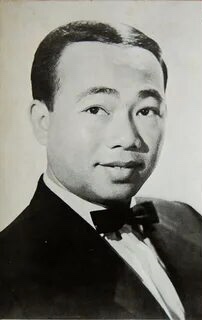
Sinn Sisamouth was a Cambodian singer-songwriter active from the 1950s to the 1970s. Widely considered the "King of Khmer Music", Sisamouth, along with Ros Serey Sothea, Pen Ran, Mao Sareth, and other Cambodian artists, was part of a thriving pop music scene in Phnom Penh that blended elements of Khmer traditional music with the sounds of rhythm and blues and rock and roll to develop a Cambodian rock sound. Sisamouth died during the Khmer Rouge regime under circumstances that are unclear.

Ros Serey Sothea was a Cambodian singer. She was active during the final years of the First Kingdom of Cambodia and into the Khmer Republic period. She sang in a variety of genres; romantic ballads emerged as her most popular works. Despite a relatively brief career she is credited with singing hundreds of songs. She also ventured into acting, starring in a few films. Details of her life are relatively scarce. She disappeared during the Khmer Rouge regime of the late 1970s but the circumstances of her fate remain a mystery. Norodom Sihanouk granted Sothea the honorary title "Queen with the Golden Voice."
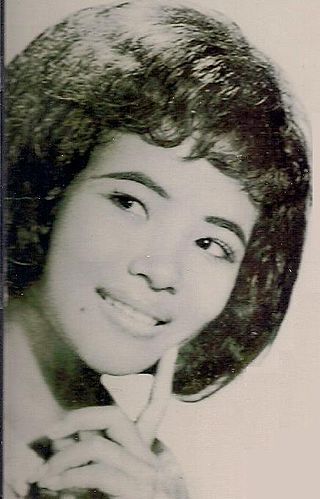
Pen Ran, also commonly known as Pan Ron in some Romanized sources intended for English-speaking audiences, was a Cambodian singer and songwriter who was at the height of her popularity in the 1960s and early 1970s. Known particularly for her western rock and soul influences, flirtatious dancing, and risque lyrics, Pen Ran has been described by the New York Times as a "worldly, wise-cracking foil" to the more restrained Cambodian pop singers of her era. She disappeared during the Khmer Rouge genocide and her fate is unknown.

Battambang is the capital of Battambang Province and the third largest city in Cambodia.

The history of art stretches back centuries to ancient times, but the most famous period is undoubtedly the Khmer art of the Khmer Empire (802–1431), especially in the area around Angkor and the 12th-century temple-complex of Angkor Wat, initially Hindu and subsequently Buddhist. After the collapse of the empire, these and other sites were abandoned and overgrown, allowing much of the era's stone carving and architecture to survive to the present day. Traditional Cambodian arts and crafts include textiles, non-textile weaving, silversmithing, stone carving, lacquerware, ceramics, wat murals, and kite-making.
Chhoeun Rithy is a noted Cambodian artist best known for his art deco paintings on buildings and modernist structures in Phnom Penh.
Duong Saree is a Cambodian artist and illustrator.
Hen Sophal, born 1958 is a Cambodian artist noted for his contrasting black and white art often with social representations of contemporary society.

Sophiline Cheam Shapiro is a Cambodian dancer, choreographer, and educator.
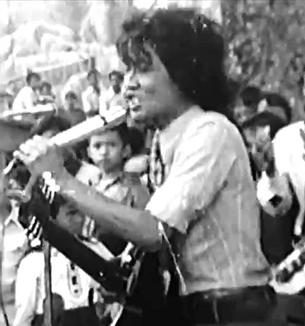
Yol Aularong was a Cambodian garage rock musician, and a leading figure in that country's rock scene of the 1960s and 70s. He is presumed to have been killed during the Cambodian genocide that took place under the Khmer Rouge between 1975 and 1979.
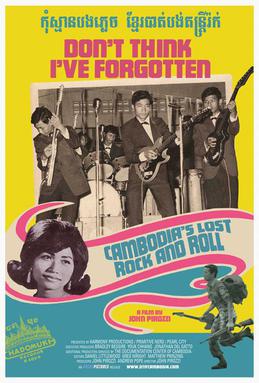
Don't Think I've Forgotten: Cambodia's Lost Rock and Roll is a 2014 documentary film, directed by John Pirozzi, about Cambodian rock music in the 1960s and 1970s, before the Khmer Rouge regime and Cambodian genocide.
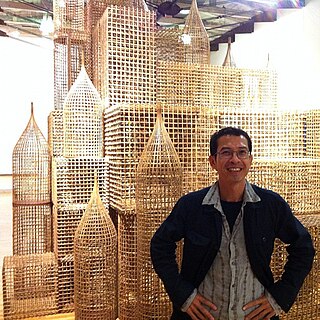
Sopheap Pich is a Cambodian American contemporary artist. His sculptures utilize traditional Cambodian materials, which reflect the history of the nation and the artist's relation to his identity.

Pich Sophea is a Cambodian singer and songwriter. First in the song with rapper "DJ-Sdey" released by Hang Meas Production (2004) This song made her gain recognition from She is also an actress, a goodwill ambassador for a well-known brand, and is known as a judge and a member of the audit committee, which evaluates the reality of the sound presented during the Blind audition, The Voice Cambodia.

Huoy Meas was a Cambodian singer and radio announcer in the 1960s and early 1970s.
Cambodian rock of the 1960s and 1970s was a thriving and prolific music scene based in Phnom Penh, Cambodia, in which musicians created a unique sound by combining traditional Cambodian music forms with rock and pop influences from records imported into the country from Latin America, Europe, and the United States. U.S. armed forces radio that had been broadcast to troops stationed nearby during the Vietnam War was also a primary influence. This music scene was abruptly crushed by the Khmer Rouge communists in 1975, and many of its musicians disappeared or were executed during the ensuing Cambodian genocide. Due to its unique sounds and the tragic fate of many of its performers, the Cambodian rock scene has attracted the interest of music historians and record collectors, and the genre gained new popularity upon the international release of numerous compilation albums starting in the late 1990s.
Pich Tum Krovil was a scholar of Khmer literature as well as one of the most famous performing artists in Cambodia from the late 1960s who helped revive performances after the fall of the Khmer Rouge regime.

Chef Nak is a Cambodian celebrity chef, culinary author, and entrepreneur.
Ros Sopheap is a Cambodian women's rights activist. She is the founder and former executive director of Gender and Development Cambodia (GADC), a non-governmental organisation involved in preventing domestic violence against women and promoting women in leadership roles. During her 20-year career with GADC, she advocated on behalf of women in Cambodia and was central to the Cambodian women's rights movement. Sopheap also served as the president of the Committee to Promote Women in Politics.
References
- 1 2 "Linda Saphan". Van Cleve Fine Art. Retrieved 7 November 2017.
- ↑ "Visual Arts Open – Linda Saphan". NY Arts. Retrieved 7 November 2017.
- 1 2 Sikorski, Suzy (2016). "Interlace: Three Artists in the Cambodian Diaspora". ArtAsiaPacific. Retrieved 7 November 2017.
- ↑ "LinDa Saphan, Ph.D." College of Mount Saint Vincent. Retrieved 7 November 2017.
- 1 2 "Artist draws on experience of Cambodian women". Phnom Penh Post. 24 May 2011. Retrieved 7 November 2017.
- ↑ "Visual Arts Open: Contemporary Art Exhibitions in Phnom Penh". Asia Art Archive. 2005. Retrieved 7 November 2017.
- ↑ Brickell, Katherine; Springer, Simon (2016). The Handbook of Contemporary Cambodia. Taylor & Francis. pp. 638–. ISBN 978-1-317-56782-0.
- 1 2 "New art, new Cambodia". RealTime, No. 72. April 2006. Retrieved 7 November 2017.
- ↑ "LinDa Saphan". Khymer Scholar. Retrieved 7 November 2017.
- ↑ Saphan, Linda. "Renaissance des espaces publics à Phnom Penh : processus d'appropriations urbaines et dynamiques de la citadinité des nouveaux habitants de la capitale cambodgienne" (in French). theses.fr. Retrieved 7 November 2017.
- ↑ Nicholson, Malcolm Thorndike (21 April 2015). ""You Won't Find Anything. It's All Been Destroyed."". New Republic. Retrieved 7 November 2017.
- ↑ "Linda Saphan, John Pirozzi". Theary C. Seng. Retrieved 7 November 2017.